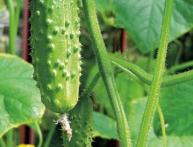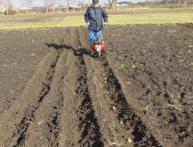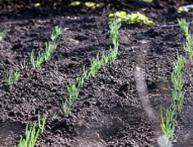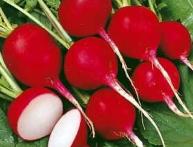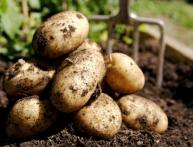Beijing cabbage in the photo

Chinese cabbage is originally a biennial crop, but in agriculture it is grown as an annual vegetable plant.
Salad cabbage got its name in honor of the capital of China, where it was first discovered. The Beijing cabbage in the photo is a loose, elongated head of cabbage. Its leaves are colored green, the shade of which varies from light to dark. The taste of the leaves is not very pronounced, but it can be easily emphasized with the help of herbs and vegetable oils. In addition to its beneficial qualities and rich biochemical composition, the vegetable is valued for its characteristic juiciness, tenderness and low calorie content.
In our area, Chinese cabbage is often used fresh, making vegetable salads from its leaves. But residents of Korea and China use Chinese cabbage when preparing first courses and side dishes; they ferment it, dry it and pickle it.
Beijing cabbage in the photo looks very attractive. Even looking at the picture, you can feel the crunch of its leaves. The white thickened part of cabbage leaves especially stands out. For some reason, we ignore this section of the vegetable and separate it without thinking when preparing a dish. But this juiciest part of cabbage contains a huge amount of vitamins! And not using them is a real waste.This is what our body is deprived of: Chinese cabbage contains ascorbic acid, tocopherol, nicotinic acid, B vitamins, methionine, menaquinone, retinol, amino acids, organic acids and the alkaloid lactucin.

